Hiding in plain sight in central Italy, Umbria is often overlooked in favor of its famous neighbor, Tuscany. However, for those who venture here, Umbria reveals itself as a hidden gem rich with history, relaxed hilltop towns, landscapes begging to be painted (or photographed), and amazing culinary traditions.
NextTribe takes small groups of women age 45+ on fun, transformational trips around the globe, including to Umbria. Find out more here.
Often referred to as “the Green Heart of Italy,” Umbria offers travelers an authentic experience that feels untouched by time. “I love that so much of Umbria moves at a slower pace and is smaller in scale than the top tourist destinations,” says Jeannie Ralston, NextTribe’s Founder and CEO. “It’s like walking into a movie scene where the harried American discovers the allure of Italian life.”
This guide will take you through Umbria’s history, stunning scenery, and the best things to do, see, and taste while exploring this enchanting region.
A Journey Through Umbria’s Rich History
Umbria’s history stretches back over 3,000 years, with its origins tied to the ancient Umbri tribe who settled here before the Roman Empire rose to power. The Umbrians were known for their craftsmanship, particularly in bronze and pottery, leaving behind artifacts that are still celebrated today. By the 3rd century BC, the region was absorbed into the Roman Empire, leading to the construction of roads, aqueducts, and majestic villas that marked the height of Roman engineering and prosperity.
With over 3,000 years of history, Umbria offers up Roman aqueducts, medieval towns, and beauty at every turn.
The fall of the Roman Empire brought a period of turmoil, but it also paved the way for the rise of independent medieval city-states in Umbria. These city-states, such as Perugia and Assisi, flourished during the Middle Ages, becoming centers of art, architecture, and spirituality. The region’s churches, monasteries, and palaces bear the artistic influence of masters like Perugino, Giotto, and Cimabue.
During the Renaissance, Umbria was a significant religious and artistic hub. The teachings of St. Francis of Assisi had a profound impact on the region, leading to the construction of one of Italy’s most important pilgrimage sites, the Basilica of St. Francis in Assisi. Today, Umbria remains a bastion of Italy’s spiritual and cultural heritage.
What to Do in Umbria: Explore Its Lush Landscape
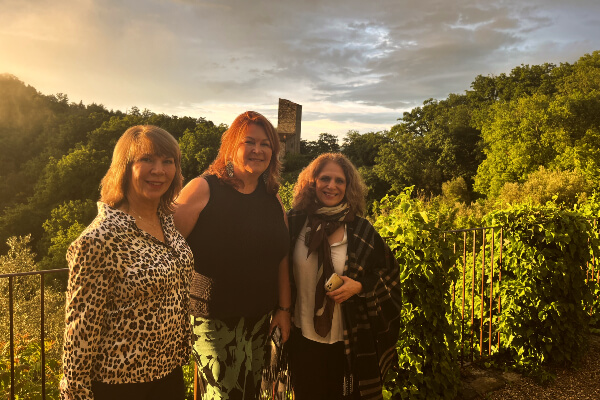
The landscape of Umbria is distinctively different from Tuscany’s rolling hills. Here, you’ll find dramatic mountain ranges, dense forests, and serene lakes and fields. The Apennines carve through the region, creating a rugged backdrop that contrasts beautifully with the green valleys and sunflower fields below. The Tiber River snakes through the landscape, feeding the land, including vineyards that produce some of Italy’s finest wines.
Yes, Umbria is landlocked, but the lack of a coastline is truly no big deal unless you are a diehard beach babe. A significant natural landmark is Lake Trasimeno, Italy’s fourth-largest lake, just a tad smaller than Lake Como, the celebrity hangout. The area around the lake offers opportunities for boating, kayaking, and birdwatching, making it a perfect spot for nature lovers. In addition, the Monti Sibillini National Park, on the border with Marche, is a haven for hikers, offering trails that meander through wildflower meadows and past ancient hermitages.
Umbrian villages are often perched on hilltops, providing stunning views of the surrounding countryside, unspoiled by the passage of time. Olive groves, vineyards, and cypress-lined roads add to the region’s timeless appeal, making it an ideal destination for those seeking tranquility.
Year-Round Weather and the Best Time to Visit Umbria
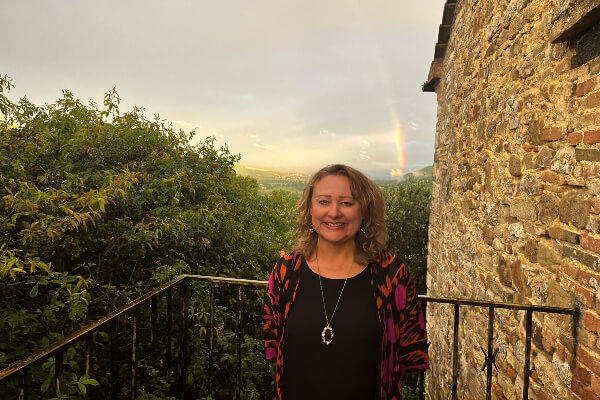
Umbria experiences a Mediterranean climate, though its inland location gives it more seasonal variation than coastal regions. Here’s a detailed breakdown of the weather throughout the year:
- Spring (March to May): Spring is a delightful time to visit, with temperatures ranging between 10°C and 22°C (50°F to 72°F). The countryside comes alive with blooming flowers, and the mild weather is perfect for outdoor activities like hiking and exploring the region’s villages. This is when NextTribe typically hosts its creativity retreats in a gorgeous palace of a place in Umbria.
- Summer (June to August): Summer can be hot, especially in the valleys, with temperatures soaring to 35°C (95°F). That said, mornings and evenings are cooler, making them ideal for sightseeing. Festivals are abundant during this period, celebrating everything from music to local food.
- Autumn (September to November): Autumn is one of the best times to visit Umbria. The weather is cooler, ranging from 13°C to 25°C (55°F to 77°F), and the region’s landscape transforms into a tapestry of golden hues. The harvest season brings olive oil, wine, and truffle festivals, offering a true taste of Umbria’s bounty.
- Winter (December to February): Winters are relatively mild, with temperatures averaging between 3°C and 10°C (37°F to 50°F). Snowfall is common in the mountains, making it a good time for skiing and winter sports, or cozying up inside with a glass of local wine.
We think the best times to visit are late spring (May) and early autumn (September to October), as the weather is comfortable, and the countryside is at its most vibrant.
Read more: Exploring Umbria: How 12 Women Came to Their Senses
Travel Smart: How to Get to Umbria
While it may feel remote once you get there and start wandering through its villages, Umbria possesses a central location that makes it easily accessible by plane, train, or car. Here’s how to reach it:
- By Air: The region’s main airport is Perugia San Francesco d’Assisi Airport, which has direct flights from various European cities if you’re already on a European jaunt. Alternatively, travelers can fly into Rome’s Fiumicino Airport or Florence’s Amerigo Vespucci Airport and then take a train or rent a car.
- By Train: Italy’s extensive train network makes it easy to reach Umbria. Major cities like Perugia, Assisi, and Spoleto are well-connected by Trenitalia, with frequent trains from Rome, Florence, and Milan.
- By Car: Renting a car is highly recommended for exploring Umbria’s rural areas and picturesque small towns. The A1 and E45 highways provide easy access, and driving through the scenic countryside and winding around centuries-old hill towns is an experience in itself.
The Best Cities to Visit in Umbria
Let’s dive deeper into Umbria’s most charming cities and medieval towns, each offering unique experiences. What makes the region one of the best places to visit in Italy is that you are far from the frenetic pace of big cities. Instead, you can relax and be in the moment, appreciating the beauty and timelessness of this area. “That’s why we love to host our creativity retreats in Umbria,” says Ralston. “It’s a place where you can have an adventure but also slow down and connect, with yourself and others.”
Gubbio: A Medieval Marvel
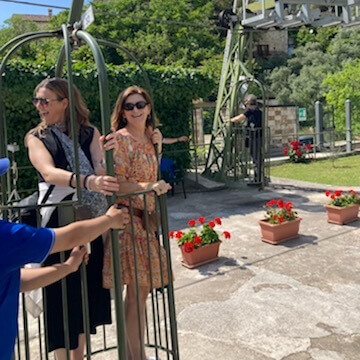
Gubbio is one of Umbria’s oldest towns, with a history dating back to the pre-Roman Umbrian civilization. The medieval town’s architecture, narrow streets, and dramatic setting on the slopes of Mount Ingino make it a must-visit.
- Art & Architecture: The Palazzo dei Consoli is a Gothic masterpiece that dominates the skyline. Inside, you’ll find the Eugubine Tables, the oldest known documents in the Umbrian language. The town also boasts a well-preserved Roman amphitheater.
- History: Gubbio’s annual Festa dei Ceri, held every May, is one of Italy’s oldest and most exhilarating festivals. The entire town turns out to watch teams race up the steep streets with massive wooden “candles.”
- Shopping & Experiences: Known for its ceramics, Gubbio is a paradise for collectors. Wander through its cobblestone streets to discover charming boutiques selling handcrafted pottery.
Perugia: Umbria’s Vibrant Capital

Perugia, the capital of Umbria, is a dynamic city that combines ancient history with a youthful energy, thanks to its large student population.
- Art & Architecture: The Galleria Nazionale dell’Umbria is home to masterpieces by Perugino, Pinturicchio, and Piero della Francesca. It’s housed in the remarkable Palazzo dei Priori, once the seat of the town’s power. The Fontana Maggiore, built in the 13th century, is a stunning example of medieval sculpture.
- History: The underground Rocca Paolina, a fortress built by Pope Paul III, offers a fascinating look at the layers of history beneath the city.
- Shopping & Experiences: Perugia is famous for its chocolate, especially during the Eurochocolate festival (yum) in October. The city also hosts the Umbria Jazz Festival in July, attracting music lovers from around the world.
Città di Castello: An Artistic Retreat
Situated in northern Umbria, Città di Castello is a tranquil town known for its rich artistic heritage.
- Art & Architecture: The Pinacoteca Comunale is housed in the Palazzo Vitelli alla Cannoniera and showcases works by Luca Signorelli and Ghirlandaio. The town is also famous for contemporary artist Alberto Burri, whose works are displayed in repurposed tobacco drying sheds.
- History: With roots in Etruscan times, Città di Castello flourished during the Renaissance, leaving behind an array of elegant palaces and churches.
- Shopping & Experiences: Known for textiles, this town is perfect for picking up artisanal fabrics. Visit local workshops to see traditional weaving techniques in action.
Spello: A Floral Gem with Roman Roots
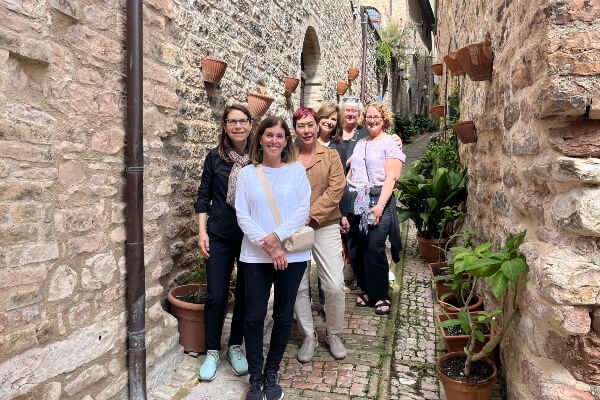
Spello is a charming town known for its flower-filled streets and stunning Roman architecture. Set on the slopes of Mount Subasio, this picturesque town is perfect for leisurely strolls and historical exploration.
- Art & Architecture: One of Spello’s highlights is the Church of Santa Maria Maggiore, home to exquisite frescoes by the Renaissance painter Pinturicchio. The town also features well-preserved Roman ruins, including the impressive Porta Venere gate with its towering “Torri di Properzio.”
- History: Spello’s history dates back to Roman times, and remnants of its past can be seen in the town’s walls and ancient gates. The town’s annual Infiorata festival in June is a vibrant celebration where locals create elaborate floral carpets (petals carefully arranged in mind-blowing patterns) throughout the streets, turning Spello into a living art gallery.
- Shopping & Experiences: Spello is renowned for its high-quality olive oil. Stop by local shops to sample and purchase some of the region’s best extra virgin olive oils. For art lovers, there are also many galleries featuring works by local artists.
Todi: The Quintessential Hilltop Town
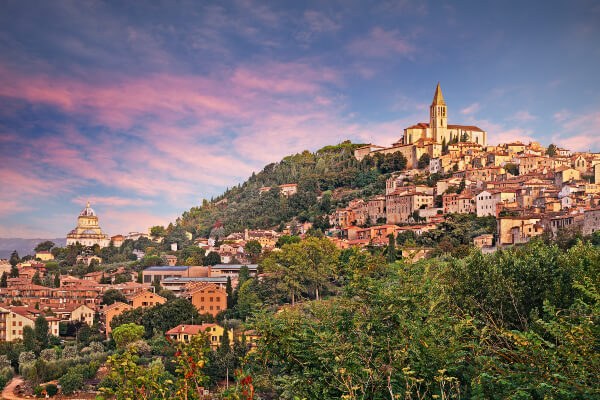
Perched on a hill overlooking the Tiber Valley, Todi is a quintessential Umbrian town with a rich blend of history, art, and architecture. Its well-preserved medieval atmosphere offers visitors a tranquil escape.
- Art & Architecture: Todi’s stunning Piazza del Popolo is one of the most beautiful squares in Italy. The 12th-century Cathedral of Santa Maria Assunta and the Gothic Church of San Fortunato are architectural highlights. The Tempio di Santa Maria della Consolazione, designed by Bramante, is a masterpiece of Renaissance architecture.
- History: Todi was originally founded by the Etruscans and later became an important Roman settlement. According to legend, the town was established based on the divine guidance of an eagle that carried the town’s foundation stone to the top of the hill.
- Shopping & Experiences: Todi is home to several artisan workshops where you can find traditional Umbrian ceramics, jewelry, and textiles. Visit during the Todi Festival in late August to experience an array of cultural events, including theater, music, and art exhibitions.
Assisi: The Spiritual Heart of Umbria
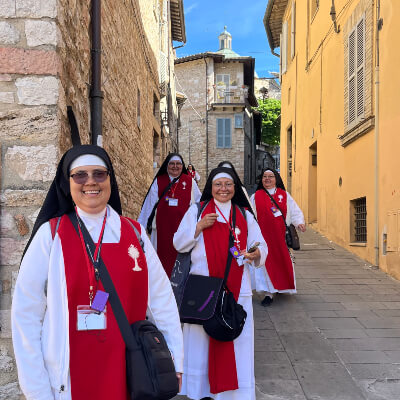
No visit to Umbria would be complete without exploring Assisi, one of the main towns and most significant pilgrimage sites in the world. Known as the birthplace of Saint Francis, this town exudes a spiritual aura that draws visitors from around the globe.
- Art & Architecture: The Basilica of St. Francis, or San Francesco, is a UNESCO World Heritage site and the crown jewel of Assisi. It is divided into an Upper and Lower Church, both adorned with magnificent frescoes by Giotto, Cimabue, and other renowned artists. The Church of Santa Chiara and the ancient Roman Temple of Minerva are also must-sees.
- History: Assisi’s religious significance dates back to the early Middle Ages. The town’s serene atmosphere and sacred sites have made it a focal point for pilgrims seeking peace and reflection.
- Shopping & Experiences: While religious souvenirs like rosaries and icons are popular, Assisi also offers high-quality olive oil, artisanal ceramics, and handmade linens. For an immersive experience, consider joining a guided spiritual retreat or meditation session in the tranquil surroundings of Assisi’s monasteries.
Unique Experiences and Outdoor Activities in Umbria
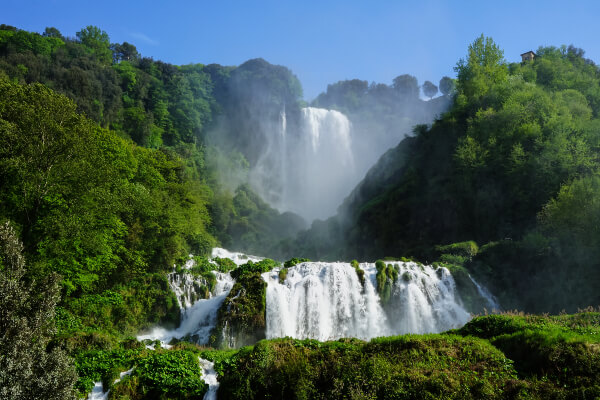
Beyond its historic towns, Umbria offers a range of outdoor activities that allow travelers to immerse themselves in the region’s natural beauty.
Hiking in the Apennines: The Apennine Mountains provide a stunning backdrop for hiking enthusiasts. The Monti Sibillini National Park offers trails for all levels, from gentle walks to challenging treks. The Sentiero degli Ulivi (Olive Tree Trail) connects Spoleto to Assisi and is a popular route for its scenic views.
Lake Trasimeno: Spend a day exploring Italy’s fourth-largest lake, which is ideal for kayaking, paddleboarding, or simply relaxing on its shores. The lake’s three islands—Isola Maggiore, Isola Minore, and Isola Polvese—are accessible by boat and offer fairytale-like escapes from the mainland.
The 4th largest in Italy, Lake Trasimeno is dotted with three magical, fairytale-like islands for those who like to explore.
Cycling: Umbria’s rolling hills and quiet roads make it perfect for cycling. Rent a bike in towns like Orvieto or Perugia, and ride through vineyards, olive groves, and quaint villages. The Sagrantino Wine Route is a popular cycling path that takes you through the region’s top wineries.
Wine and Olive Oil Tastings: Wine enthusiasts can embark on tastings at the many wineries around Montefalco, known for the robust Sagrantino wine. As they tour Italian regions, olive oil lovers often give the tours of local mills here top marks during the olive harvest season in late autumn. The Frantoi Aperti (Open Olive Mills) festival allows visitors to experience the oil-pressing process firsthand.
Hot Air Balloon Rides: For really incredible views, take a hot air balloon ride over the Umbrian countryside. Soaring above the region’s medieval towns and lush landscapes at sunrise is the best way to appreciate Umbria’s beauty.
Marmore Waterfalls: These spectacular man-made falls date back to 271 BC and were built by the Romans. If that’s not enough to make your head spin, consider this: They are the tallest man-made falls in the world at 541 feet.
Mangia! What to Eat and Drink in Umbria
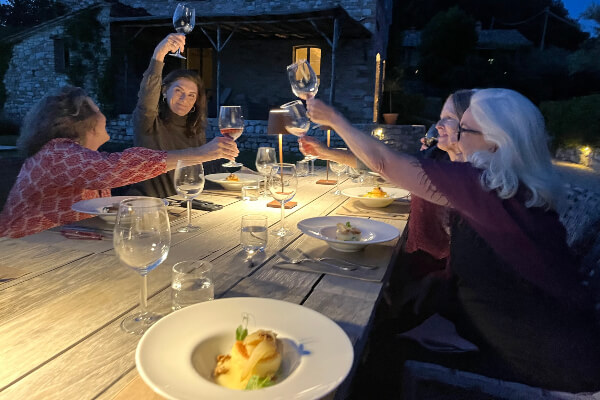
Umbria’s cuisine is simple yet full of flavor, relying on fresh, local ingredients. Ready for some delicious food? Here are some of the must-try dishes and drinks:
- Truffles: Umbria is famous for its black truffles, especially in the towns of Norcia and Spoleto. Dishes featuring tartufo nero (black truffle) include pasta, risotto, and even truffle-infused eggs. The white truffle, although less common, is another delicacy available in autumn.
- Olive Oil: The extra virgin olive oil from Umbria is among the best in Italy, with a robust, peppery flavor. During the Frantoi Aperti festival, visitors can sample freshly pressed olive oil and learn about the harvesting process.
- Pasta: Traditional Umbrian pasta includes umbrichelli, a thick, hand-rolled pasta served with rich sauces like wild boar ragù or truffle cream. Another local favorite is strangozzi alla spoletina, a simple yet flavorful dish made with long strands of pasta tossed with olive oil, garlic, and chili pepper with either a tomato or truffle sauce.
- Cured Meats: The town of Norcia is synonymous with norceria, the art of curing meats. Sample prosciutto di Norcia, salamino, and wild boar sausage. These specialties are often paired with a glass of Montefalco Rosso wine.
- Cheeses: Pecorino, a sheep’s milk cheese, is a staple in Umbria. Aged pecorino, often served with honey or fig jam, makes for a perfect antipasto. Don’t pass up any opportunity to try it. Soft cheeses like ricotta and stracchino are also popular.
- Legumes: The lentils from Castelluccio di Norcia are famous for their small size and delicate flavor. These lentils are often used in hearty soups and stews, particularly in winter.
- Wine: Umbria’s wines are gaining international acclaim, particularly Sagrantino di Montefalco, a full-bodied red wine with deep tannins and bold flavors. Another popular choice is Orvieto Classico, a crisp, white wine that pairs well with seafood and lighter dishes. Definitely take advantage of this, and try a wine tasting of both red and white wines if you can.
- Desserts: Umbria’s sweet treats include tozzetti (almond cookies), panpepato (spiced fruit and nut cake), and torciglione, an almond pastry shaped like a serpent. Pair these desserts with a glass of vin santo (a traditional sweet Italian dessert wine) for a truly authentic experience.
Tips for Traveling in Umbria
Before you embark on your journey, here are a few practical tips to help you make the most of your time in Umbria:
- Language: While many people in tourist areas speak some English, learning a few basic Italian phrases will go a long way, especially in smaller towns. Or try a translation app.
- Transportation: Renting a car is recommended to explore Umbria’s rural areas and hidden gems; stopping at a small town that’s barely on your map can be a magical adventure traveling back in time. However, trains and buses are efficient means of public transport for traveling between major cities like Perugia and Assisi.
- Festivals: Check the local calendar for festivals such as the Umbria Jazz Festival in Perugia, Infiorata di Spello, and the Festa dei Ceri in Gubbio to experience the region’s vibrant culture.
- Dining: Lunch is usually served between 12:30 PM and 2:30 PM, while dinner starts around 7:30 PM. Many restaurants close in the afternoon, so plan accordingly.
- Accommodations: Consider staying in an agriturismo (farmhouse stay) for a delightfully authentic experience. These accommodations often include farm-to-table meals and scenic views.
Why Umbria Should Be on Your Travel List
Umbria is a destination that almost overwhelms the senses, from the scent of truffles wafting through medieval streets to the sight of ancient frescoes in serene basilicas. Whether you’re exploring historic cities, hiking through lush forests, or savoring the region’s hearty cuisine, Umbria offers an experience that is timeless, deeply enriching, and fully unforgettable. For travelers seeking a blend of history, culture, nature, and gastronomy, Umbria is Italy at its absolute prime.

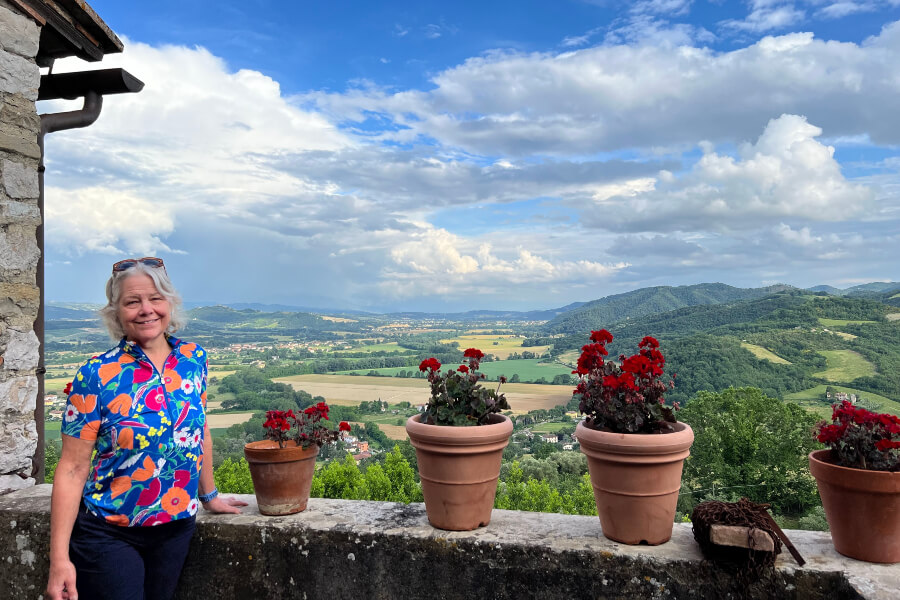

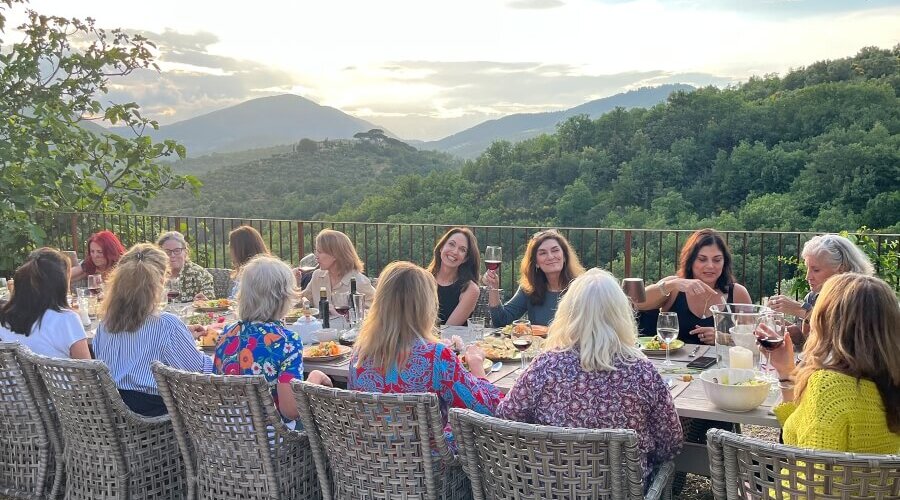


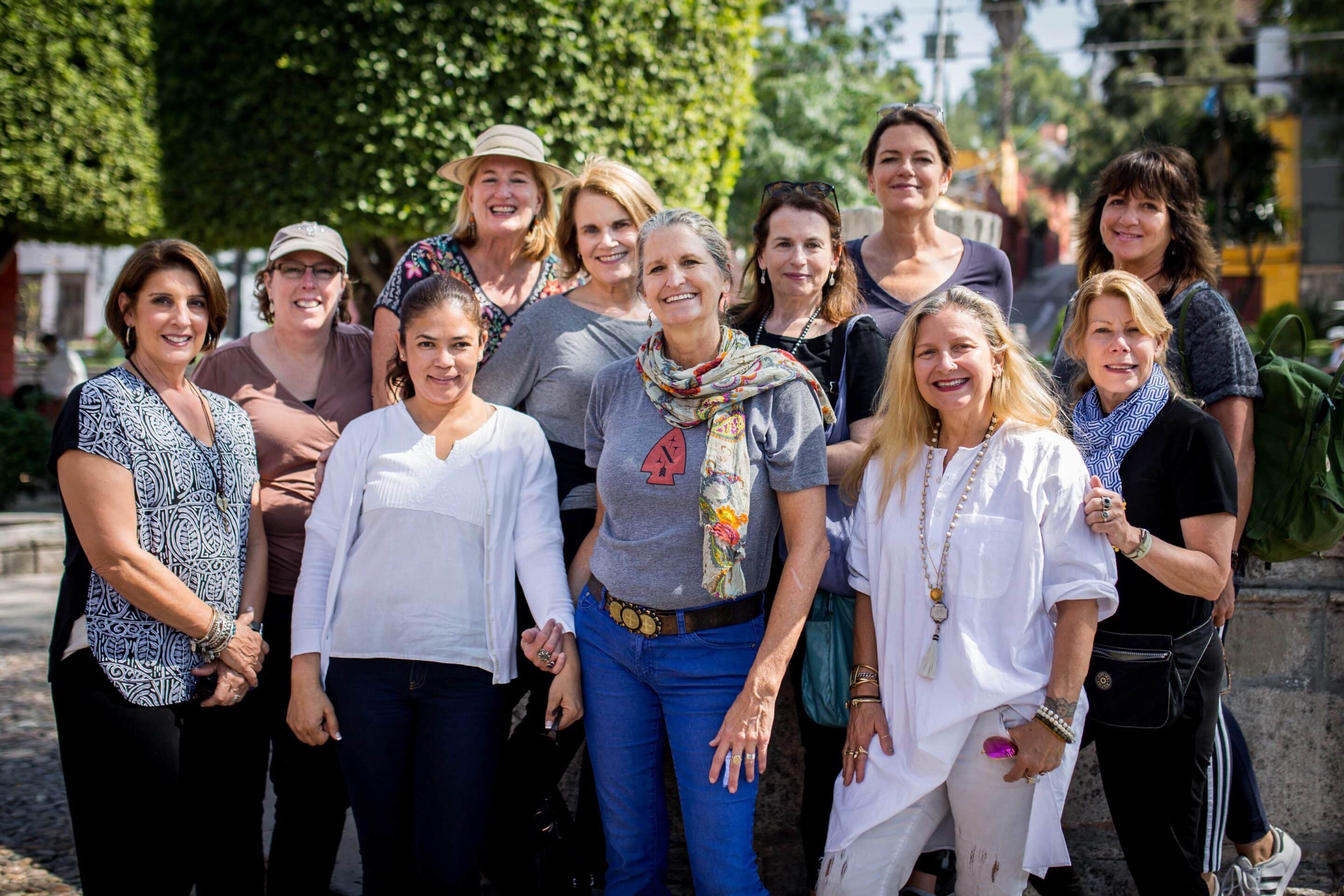
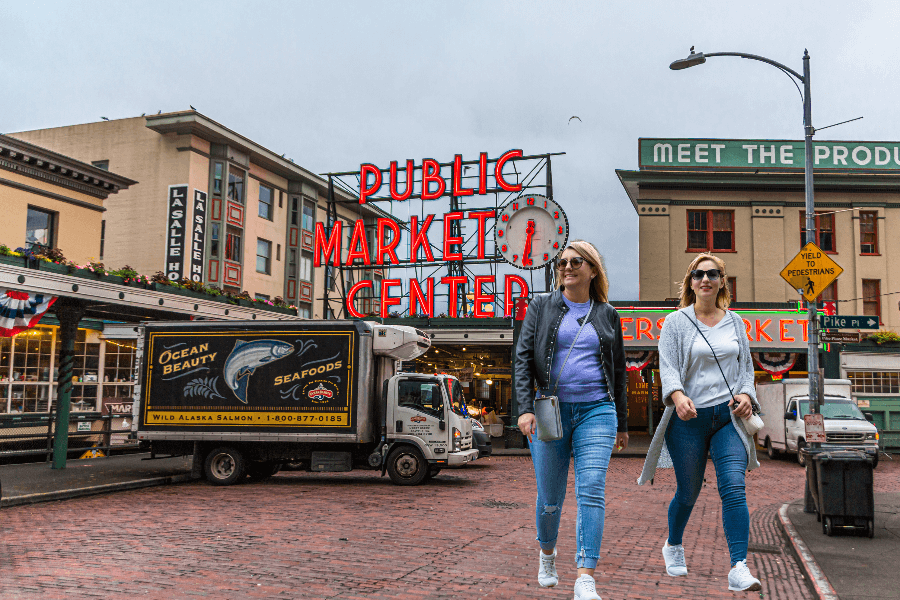







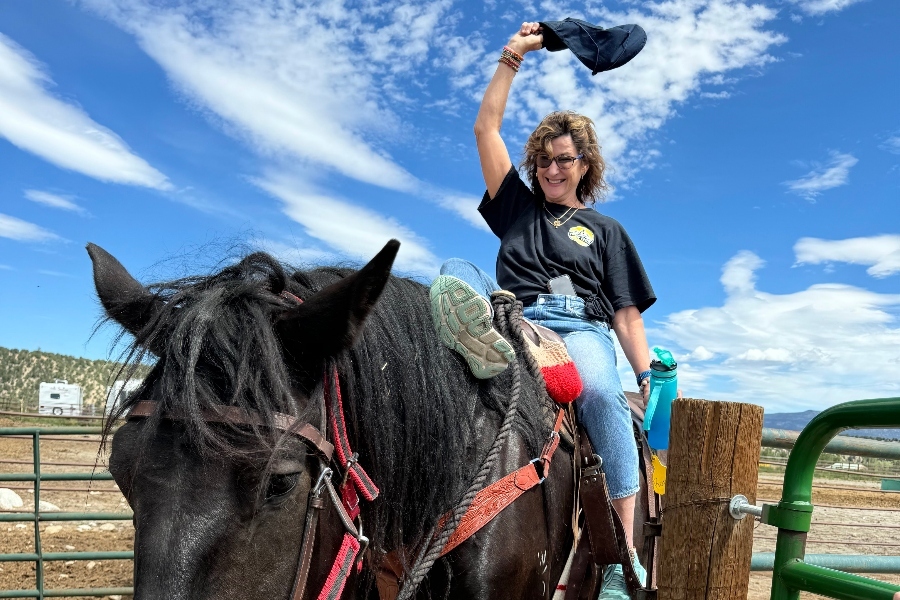





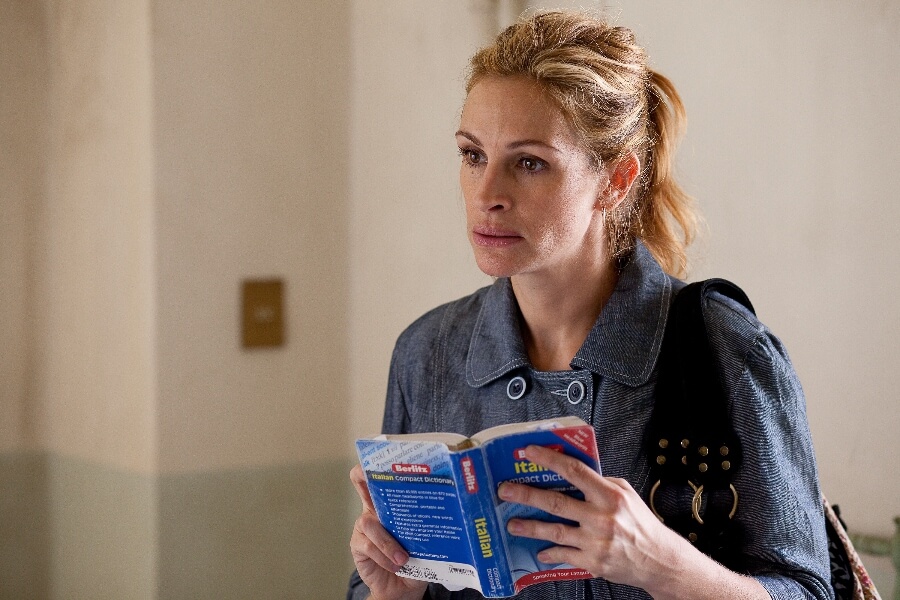

0 Comments